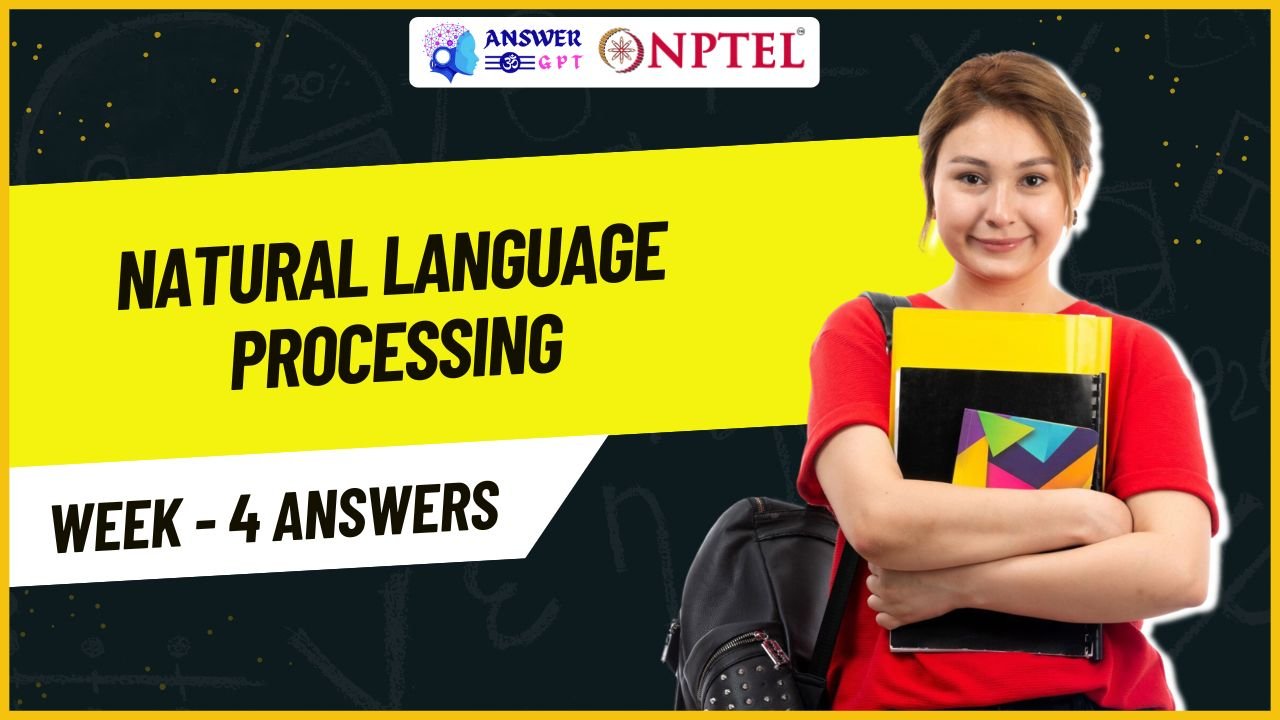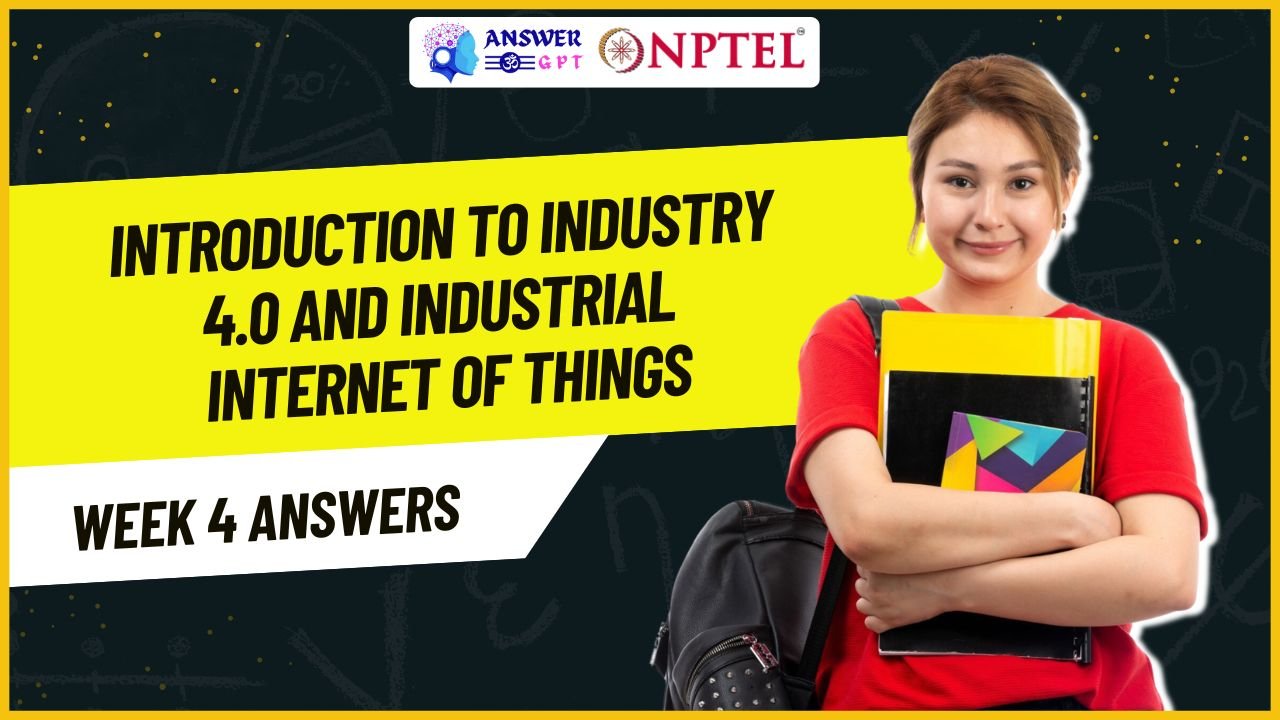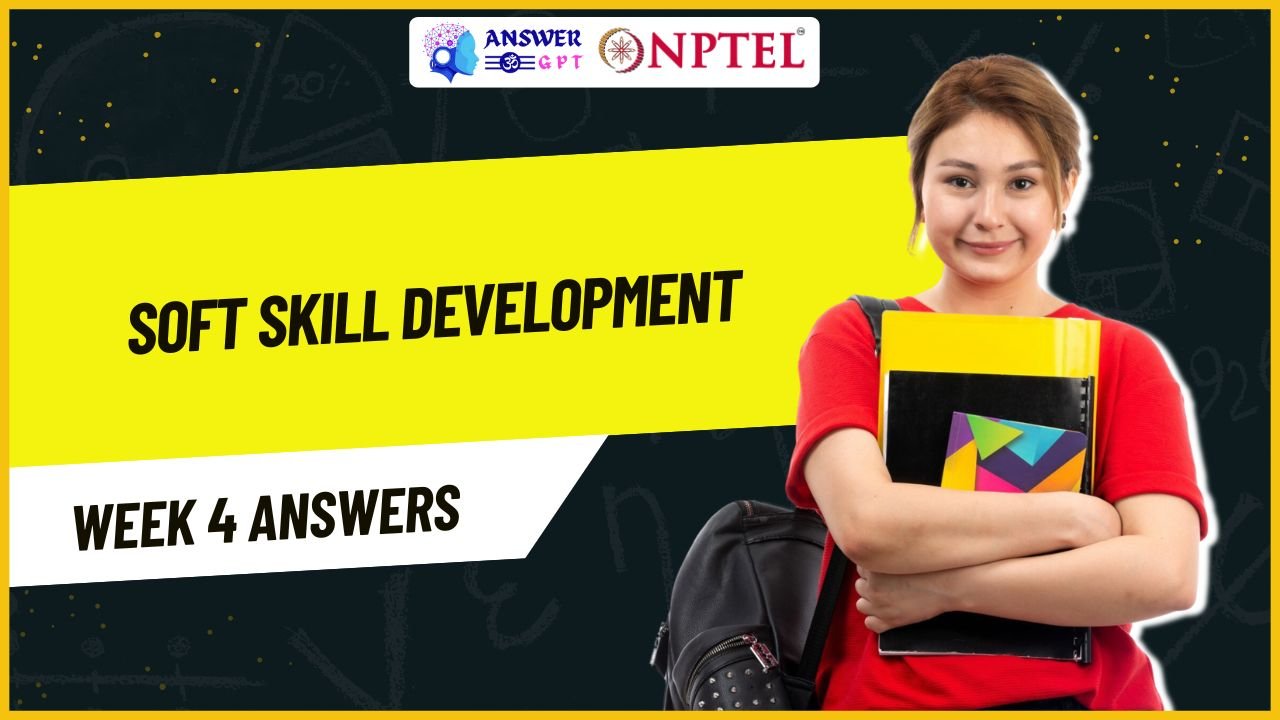Edge Computing Week 4 NPTEL Assignment Answers 2025
NPTEL Edge Computing Week 4 Assignment Answers 2025
1. Singular Value Decomposition is an example of which model compression technique?
- Parameter pruning
- Low rank factorization
- Compact convolutional filters
- Knowledge distillation
Answer: Low rank factorization
Explanation:
Singular Value Decomposition (SVD) decomposes a matrix into lower-dimensional matrices, which helps reduce the number of parameters in deep learning models. This technique is categorized as low rank factorization, a type of model compression that approximates large weight matrices with products of smaller matrices.
2. In vanilla knowledge distillation, knowledge is transferred from the teacher model to the student model by minimizing a loss function in which the target is the distribution of class probabilities predicted by the ___________
- distilled model
- student model
- teacher model
- none of the above
Answer: teacher model
Explanation:
In vanilla knowledge distillation, the teacher model’s output probabilities are used as soft targets for the student model. The student learns to mimic the output distribution (not just the hard labels) of the teacher by minimizing a divergence (like KL-divergence) between the teacher’s and student’s output distributions.
3. Which of the following is used in knowledge distillation to smooth-out or soften the target probabilities?
- Temperature
- KD-Loss
- KL-Divergence
- Cross-Entropy
Answer: Temperature
Explanation:
The temperature parameter is introduced in the softmax function to smooth the probability distribution. A higher temperature makes the distribution softer and highlights the similarities between incorrect classes, which is useful for transferring more nuanced information in knowledge distillation.
4. In a __________ knowledge distillation, the output of intermediate layers can be used as “knowledge” to supervise the training of the student model.
- Layer-Based
- Relation-Based
- Response-Based
- Feature-Based
Answer: Feature-Based
Explanation:
In feature-based knowledge distillation, the intermediate representations (features) from the teacher model are transferred to the student. This provides more detailed supervision beyond the final output, allowing the student to learn hierarchical feature representations.
5. In online-distillation, the knowledge is transferred from a pre-trained model into a student model instead of training the teacher model simultaneously with the student. The statement is,
- True
- False
Answer: False
Explanation:
In online knowledge distillation, both the teacher and student models are trained simultaneously. It contrasts with traditional distillation, where the teacher is pre-trained and fixed. So, the statement is false.
6. Federated Learning (FL) aims to train a ML model in a centralized manner while keeping the data decentralized. The statement is,
- True
- False
Answer: True
Explanation:
Federated Learning allows for training models decentrally (on-device or client-side) while aggregating the models centrally without ever accessing local data. Hence, it maintains data decentralization while training a centralized model.
7. Choose the incorrect statements in context of federated averaging (FedAvg) algorithm,
- In each round of FedAvg, server performs aggregation before clients train their local models using local data-points.
- In each round of FedAvg, aggregation is performed over model parameters submitted only by the participating clients.
- The aggregation server is responsible to initialize the model at the beginning of FedAvg algorithm.
- A Client sends its copy of the model to every other client at the end of each round.
Answer: a, d
Explanation:
- (a) is incorrect because aggregation happens after local training, not before.
- (d) is incorrect because clients send their models only to the server, not to other clients.
8. When local datasets are _, FedAvg suffers from client drift.
- non-I.I.D.
- very large in size
- identical to each other
- independent of each other
Answer: non-I.I.D.
Explanation:
Client drift occurs when the local datasets are non-I.I.D. (not independently and identically distributed). This causes local models to deviate significantly from one another, which negatively impacts the convergence of the global model.
9. Select the scenarios where the use of Federated learning is justifiable.
- Data privacy is needed
- Clients have no connectivity to cloud or edge
- Cost of data transfer is very high
- Performance of an existing model is at the ceiling
Answer: a, c
Explanation:
Federated learning is ideal when:
- (a) data privacy is a concern (as data stays on the device).
- (c) transmitting raw data is too costly, so only model updates are sent.
10. Representation Learning is a subset of __________.
- Deep Learning
- Machine Learning
- Artificial Intelligence
- Knowledge Distillation
Answer: b, c
Explanation:
Representation learning is a part of Machine Learning, which itself is a subset of Artificial Intelligence (AI). It focuses on automatically discovering useful representations or features from data to improve model performance.

![[Week 1-8] NPTEL Edge Computing Assignment Answers 2025](https://answergpt.in/wp-content/uploads/2025/01/Edge-Computing-2025.jpg)

![[Week 1-8] NPTEL Edge Computing Assignment Answers 2024](https://answergpt.in/wp-content/uploads/2024/02/NPTEL-Edge-Computing-Assignment-Answers-2024.jpg)


